Phlox spp.
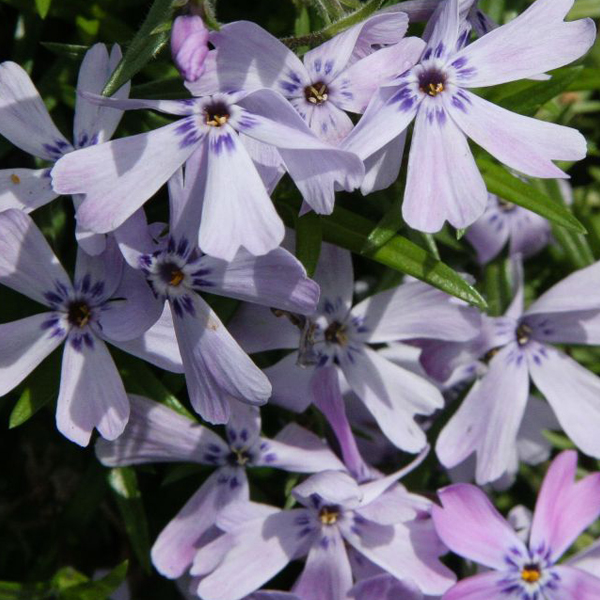
Moss phlox (Phlox subulata)
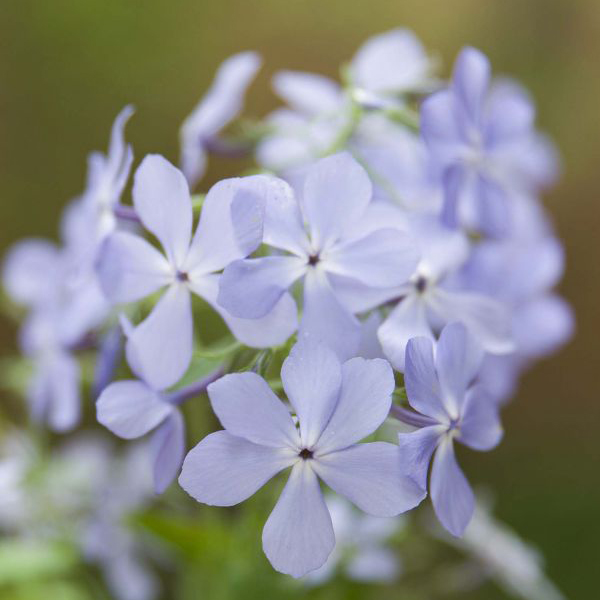
Periwinkle-blue woodland phlox (Phlox divaricata)
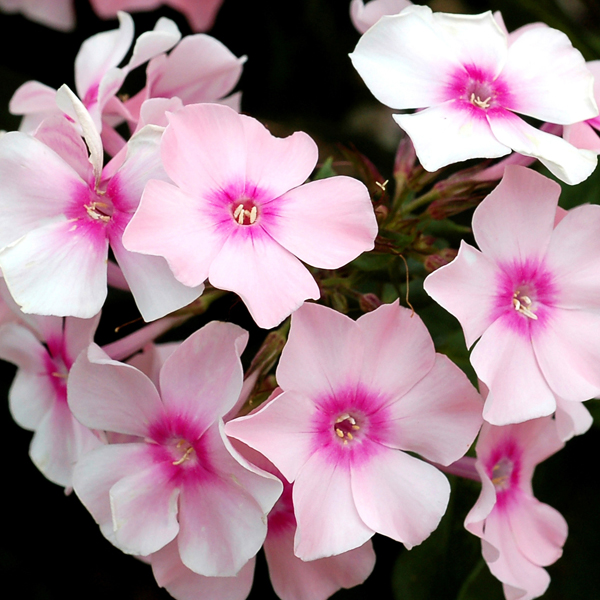
Tall garden phlox (Phlox paniculata)
Tall or small, spring or summer, phlox are a valuable resource in any garden.
In the springtime, moss phlox (Phlox subulata) is a cheery smile of lavender around the base of daffodils or flowing over the top of a stone wall. Periwinkle-blue woodland phlox (Phlox divaricata) sparkles in forests and partly shady spots in April and May. In July and August, tall garden phlox (Phlox paniculata) is a stately presence at the back of borders, sometimes reblooming in lavender, pink, or white all the way to October.
Some of these perennials have a lovely fragrance (leading more than one species to be commonly called wild sweet William). The name "phlox," inspired by the bright, high-held flower spikes of the tall species, comes from the Greek word for "flame."
Although some species have become common garden plants all over the world, nearly all are hardy natives of North America.
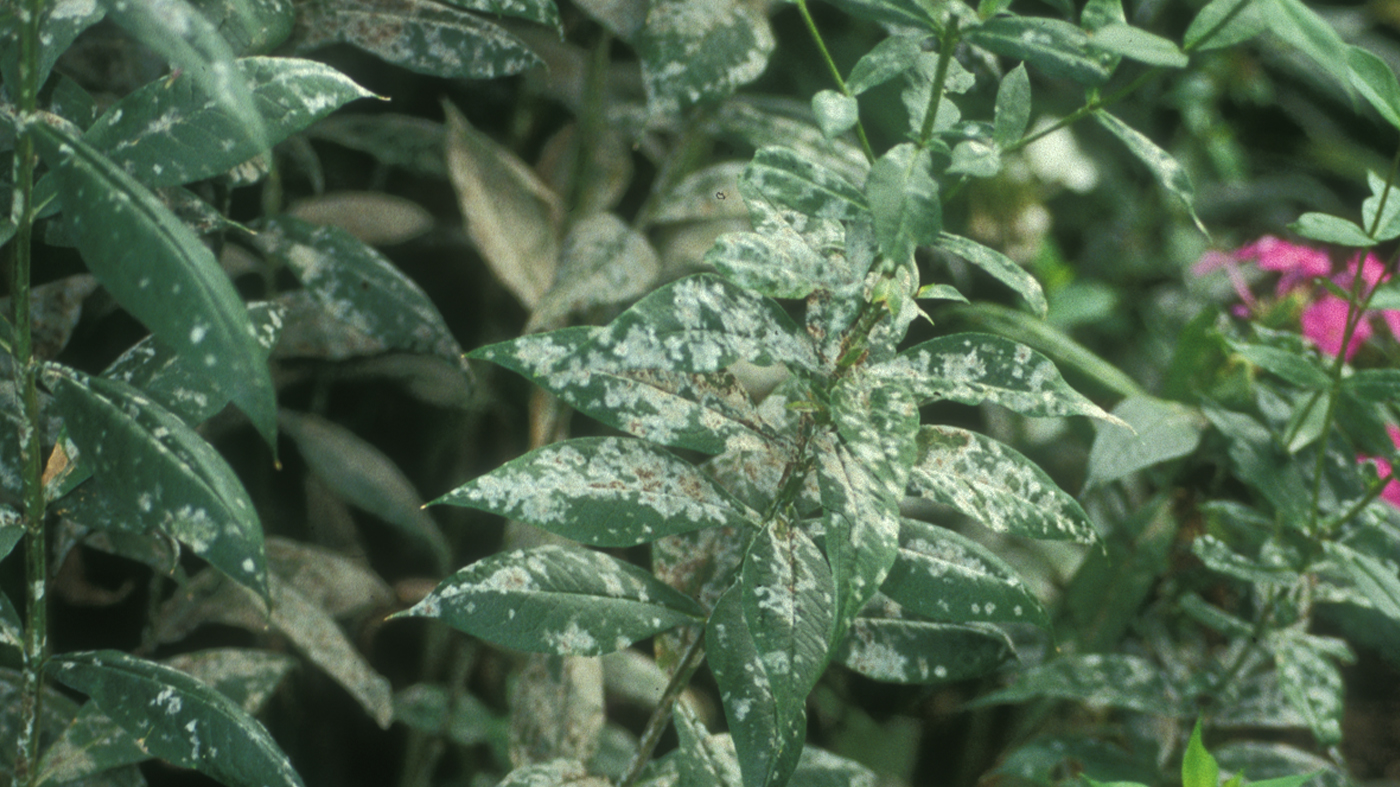
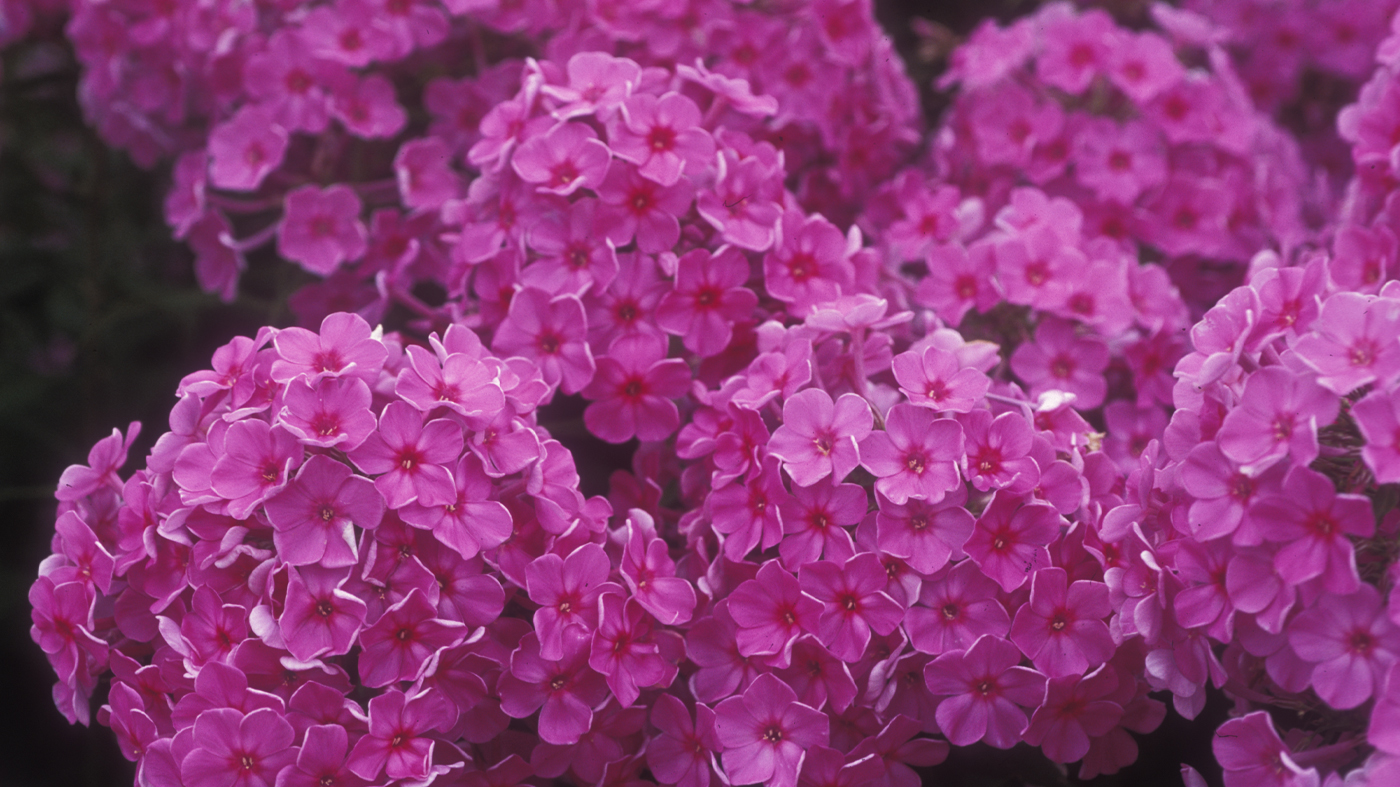
Phlox paniculata 'Shortwood'
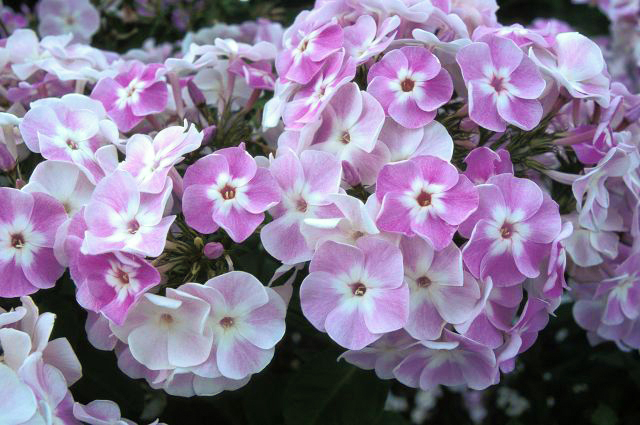
Phlox paniculata 'Katherine'
Mildew
But phlox is not flawless. Older varieties of Phlox paniculata can be overwhelmingly tall, as much as 5 feet. And often, garden phlox are disfigured by powdery mildew in the hot, muggy days of summer, leaving stems and leaves shriveled, brown, and dusty-looking.
Finding a better phlox has been a years-long goal for Richard Hawke, manager of plant evaluations. In his sunny outdoor laboratory, the Bernice E. Lavin Sun Plant Evaluation Garden, Hawke has been conducting his second trial of garden phlox, looking for plants with the best resistance to powdery mildew so that gardeners need not fume at the fungus or bother with fungicides.
Many phlox cultivars are advertised as mildew-resistant, but, as he has done through more than 30 multiyear trials of different plants, Hawke was out to test how well breeders' claims stand up in a garden setting in all the kinds of weather Chicago brings to bear.
Every phlox cultivar got a four-year chance to show off not only its disease resistance, but its hardiness, sturdiness, and willingness to put on a show.
The mildew-free top performer was Phlox paniculata 'Shortwood'. The name is a joke; the fragrant flower spikes, in old-fashioned purple-pink, are held on stems up to 50 inches tall. P. paniculata 'Frosted Elegance,' whose leaves are touched with creamy variegation below clusters of white flowers with delicate pink centers, also scored well. Like many of today's cultivars, it's less statuesque, reaching 30 inches to 3 feet high.
Other excellent cultivars of Phlox paniculata in the trial included the lavender-and-white bicolor 'John Fanick', the gaily pink-and-white-striped 'Peppermint Twist', and the lavender 'Katherine'.
Best conditions
All garden phlox are happiest in well-drained soil in full sun, Hawke says, but they do surprisingly well in a half-day of sun or even in dappled shade, and they have tolerated a good amount of clay at the garden.
Being so tall, phlox can flop after a rain when the big, fluffy flower heads are wet and heavy. But if you plan to stake them, Hawke recommends doing it early in the season. The phlox in the evaluation garden get blown around by wind as they grow, he says, which strengthens their stems. In a more sheltered site, they might flop more.
Though its phlox cultivars get a layer of mulch to hold in moisture, the Garden never fertilizes or sprays its evaluation plants.
If your garden has a mildew-prone phlox, Hawke says you can try removing some stems to open up the crown and allow better air circulation. It's also crucial to remove all diseased stems and foliage from your garden as soon as you see the disfiguration so that the fungus spores don't fall to the soil and overwinter. But the best alternative is to give up on the vulnerable phlox and replace it with a cultivar bred to resist the disease.
evaluation garden
Visitors are welcome to stroll through the evaluation garden, accessible from Evening Island by the Trellis Bridge. The garden was relocated and redesigned to accommodate the bridge connection.
The evaluations are only one of the garden's research initiatives. The new bridge path leads right to the Daniel F. and Ada L. Rice Plant Conservation Science Center, where scientists can be seen at work in their laboratories on such problems as invasive species and soil biology.
cross-breeding various species
But right next to the evaluation garden another researcher, director of ornamental plant research Jim Ault, Ph.D., can also often be found puttering among phlox. As he has earlier done with Echinacea, Baptisia, and other native plants, he is cross-breeding various species of spring-blooming phlox, looking for new colors and better hardiness for the garden.
The exact formulas he's tinkering with are a secret, but Dr. Ault is willing to admit they include creeping phlox (Phlox stolonifera) and moss phlox (Phlox subulata, also often, confusingly, called creeping phlox).
Ault's new cultivars are released through Chicagoland Grows®, a plant introduction program of which the Garden is a partner. In a few years at garden centers, you may be able to buy a new cultivar of bright, low spring phlox that had its start in the beds you can now easily see, just a hop from Evening Island.
Beth Botts is a garden writer and speaker who lives and gardens in Oak Park, Illinois


